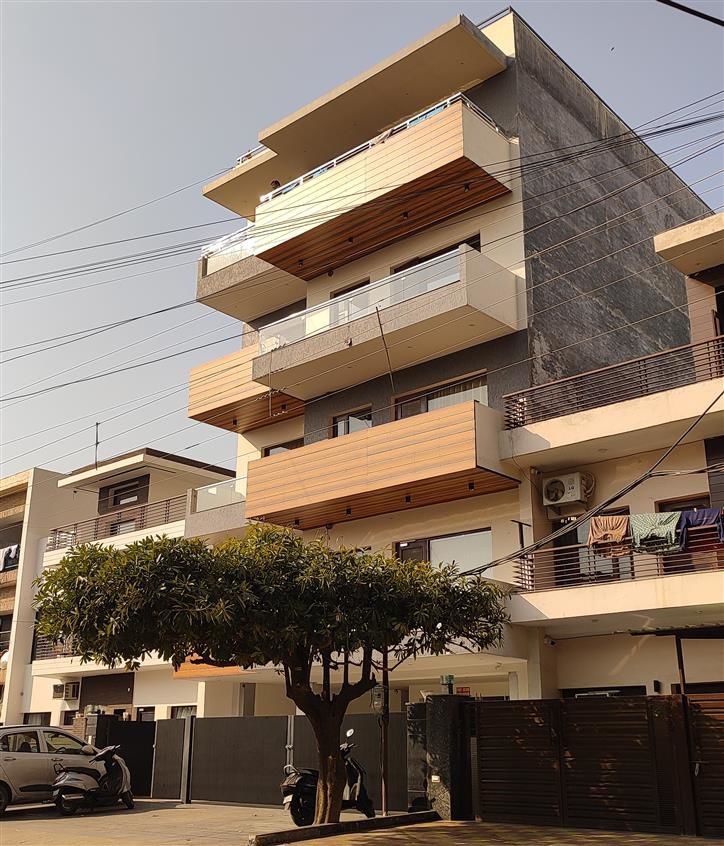THE Haryana Government’s fresh approval to the construction of stilt-plus-four floors (S+4) in residential areas is both flawed and imprecise. Concerns are being raised over the policy being pushed under pressure of the builder lobby ahead of the Assembly elections. Despite the inclusion of certain conditions, it is increasingly clear that the policy doesn’t serve the public interest. And that the additional, excessive burden on infrastructure and civic amenities adds to already grave environmental risks and puts neighbours in conflict situations. The voices of opposition are articulating a key, grave concern, which is that rampant apartmentalisation is a recipe for an urban dystopia. Comparisons are being drawn with the older sectors of Gurugram, where residents have been left struggling to get fresh air and sunlight.
A ban was imposed on S+4 constructions in February last year, following protests in Panchkula over misuse and rampant commercialisation of residential space. Several instances of additional floors being built on houses with the weight-bearing capacity of only two floors had come to light. The government now insists that the new compulsory mutual consent agreement with adjoining plot allottees addresses the concern of structural compromise. Moreover, it claims, the sale of an extra fourth floor — since three floors are already allowed — will help those still unable to purchase houses due to exorbitant property rates.
But the outcry from Haryana’s several cities is a measure of concern, especially since the government has chosen to disregard some key recommendations of the expert panel. That has generated an avoidable lack of trust. In its present form, it is clear the negatives far outweigh the positives. Haryana must put the implementation of the policy immediately on hold.









